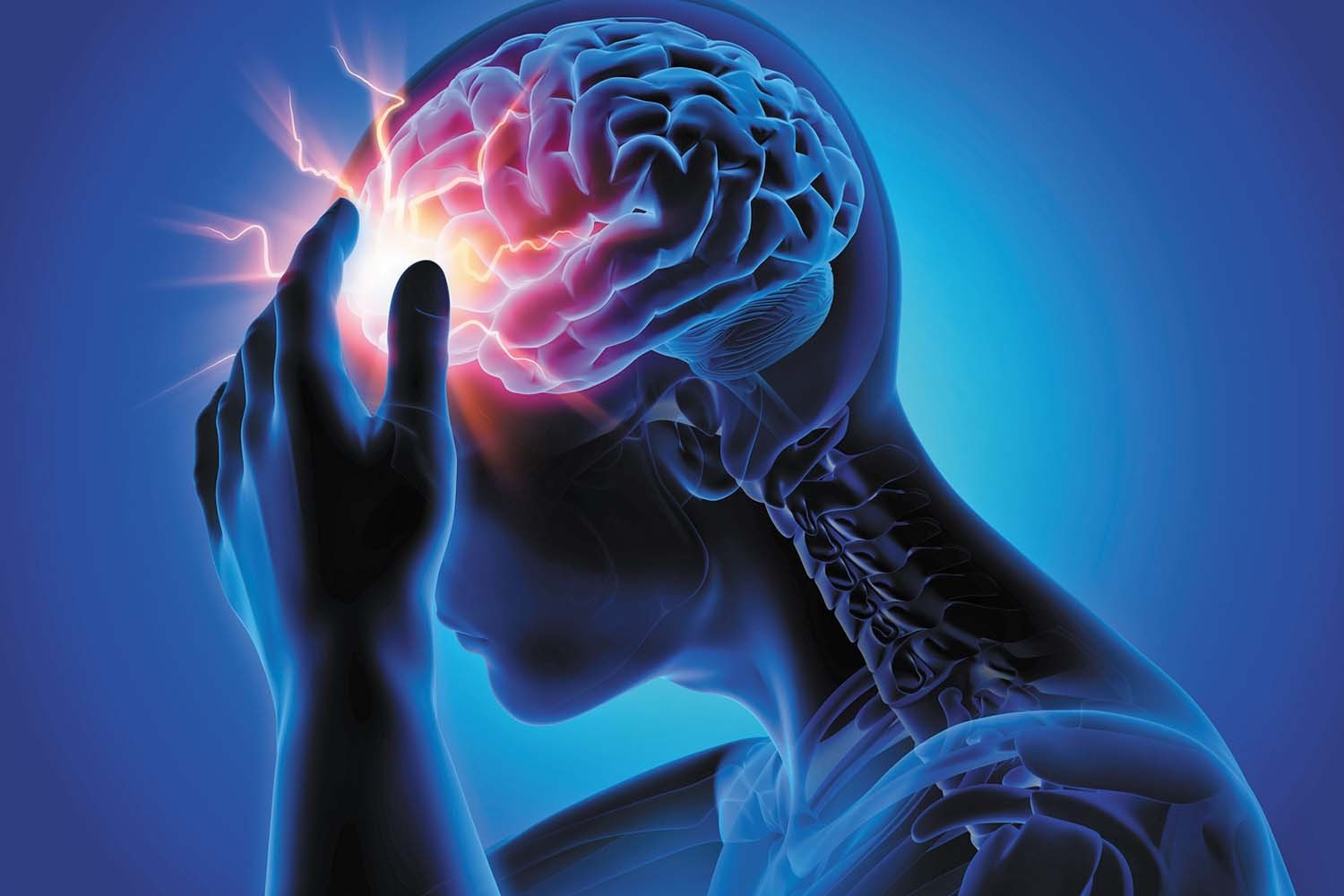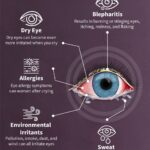Headaches are a common ailment, affecting millions worldwide. From a dull ache to a throbbing pain, headaches can disrupt daily life, making it difficult to focus, work, or enjoy leisure activities. If you’re asking yourself, “Why I Feel Headache?” this article explores seven common triggers and offers practical advice on managing them.
Common Headache Triggers
Understanding what causes your headaches is crucial for effective management. Here are seven common triggers:
1. Stress
Stress is a major contributor to tension headaches. When stressed, muscles in the shoulders and neck tighten, leading to pain that radiates to the head. Chronic stress can result in frequent tension headaches.
2. Diet and Hunger
Skipping meals can trigger both tension headaches and migraines. Certain foods, such as aged cheeses, processed meats, and chocolate, contain substances that can also trigger migraines in susceptible individuals. Additives like nitrates, nitrites, and MSG are common culprits.
3. Alcohol Consumption
Alcohol, particularly red wine, can trigger migraines in some people. While the exact mechanism isn’t fully understood, certain components in alcoholic beverages may dilate blood vessels, contributing to headache pain.
4. Environmental Factors
Environmental stimuli, including bright or flickering lights, strong smells (perfumes, smoke), changes in weather patterns, and extreme temperatures, can trigger migraines. Cluster headaches are often linked to seasonal changes.
5. Hormonal Fluctuations
Fluctuations in estrogen levels, often associated with menstruation, pregnancy, and menopause, can trigger migraines in women. Hormone replacement therapy can also contribute to headaches.
6. Caffeine Withdrawal
Regular caffeine consumers may experience headaches when they abruptly stop or reduce their intake. This is because caffeine constricts blood vessels, and withdrawal can cause them to dilate, leading to throbbing pain.
7. Sleep Deprivation
Lack of sleep is a well-known trigger for both tension headaches and migraines. Adequate sleep is essential for overall health and can help prevent headaches.
Types of Headaches
Understanding the type of headache you experience can help pinpoint the cause and guide treatment.
- Tension Headaches: Characterized by a tight band or pressure around the head, often starting in the neck and shoulders.
- Migraines: Typically involve severe, throbbing pain on one side of the head, accompanied by nausea, vomiting, and sensitivity to light and sound.
- Cluster Headaches: Intense, debilitating pain centered around one eye, often accompanied by tearing, nasal congestion, and restlessness.
Managing Headaches
Identifying and avoiding triggers is the first step in managing headaches. Keeping a headache diary can help track patterns and pinpoint specific causes.
Lifestyle modifications, such as regular exercise, a balanced diet, stress reduction techniques (yoga, meditation), and sufficient sleep, are crucial for preventing headaches.
If headaches persist despite lifestyle changes, consult a doctor. Treatment options include over-the-counter pain relievers, prescription medications, and alternative therapies like acupuncture and biofeedback.
Conclusion
Headaches can significantly impact quality of life. By understanding common triggers and implementing effective management strategies, you can reduce the frequency and severity of headaches. While lifestyle changes can often make a significant difference, consulting a healthcare professional is crucial for persistent or severe headaches to determine the underlying cause and receive appropriate treatment.

